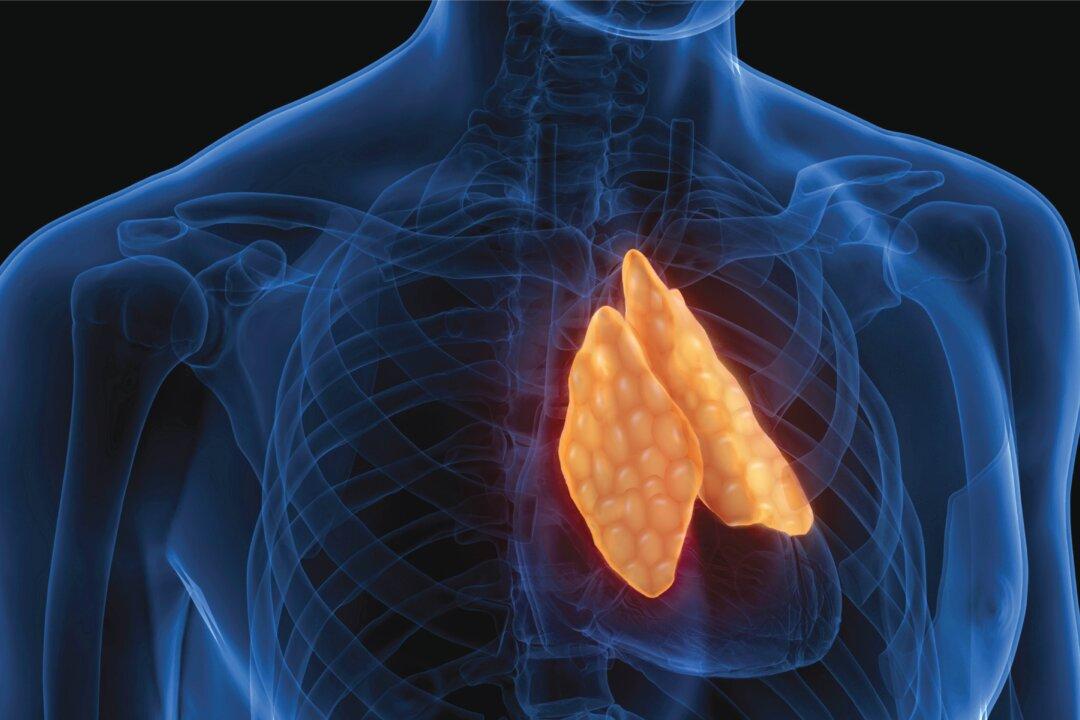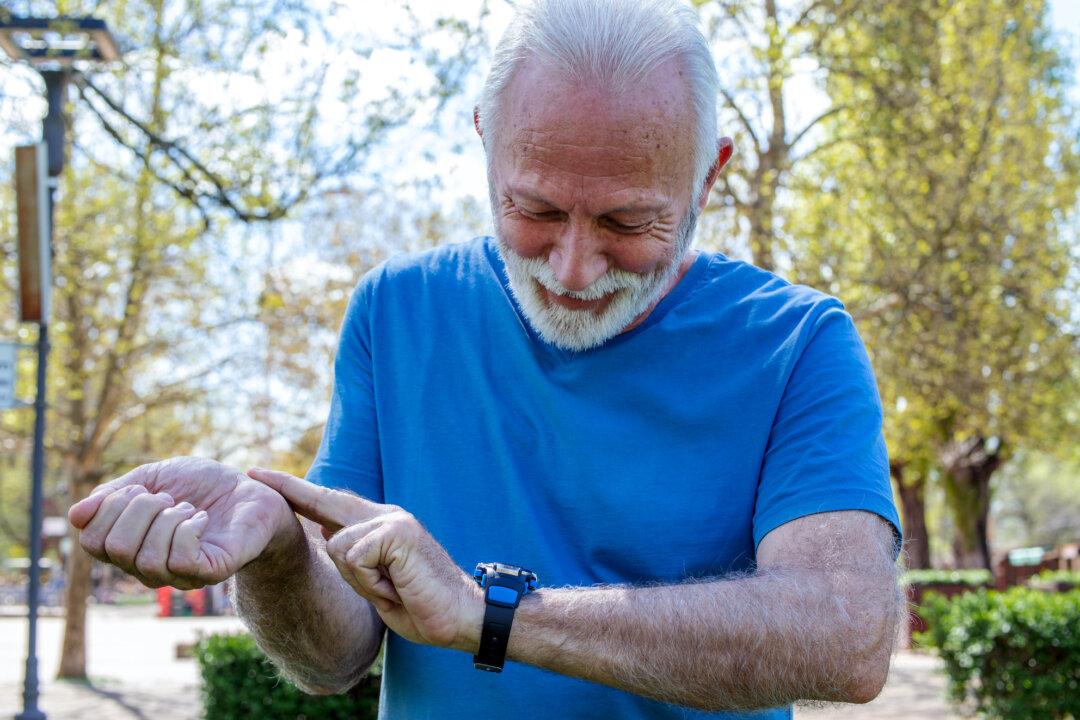Pain and coughs are as common as the medication we can prescribe for them, but taking the wrong medicine may induce heart disease. Drugs come with side effects, sometimes toxic, which is why they are advised to be taken under the guidance of a doctor. But some drug usage may come with risks even under the guidance of a doctor: opioids, for instance, are a class of drug prescribed for coughs and pains, and an unexpected culprit of heart disease.
In January 2021, Dr. Mori J. Krantz from the University of Colorado School of Medicine, USA, published a review in the Journal of the American College of Cardiology (JACC) on the use of opioids causing cardiovascular complications. The research report states: “Opioids are the most potent of all analgesics. Although traditionally used solely for acute self-limited conditions and palliation of severe cancer-associated pain, a movement to promote subjective pain (scale, 0 to 10) to the status of a ‘fifth vital sign’ bolstered widespread prescribing for chronic, noncancer pain.”





